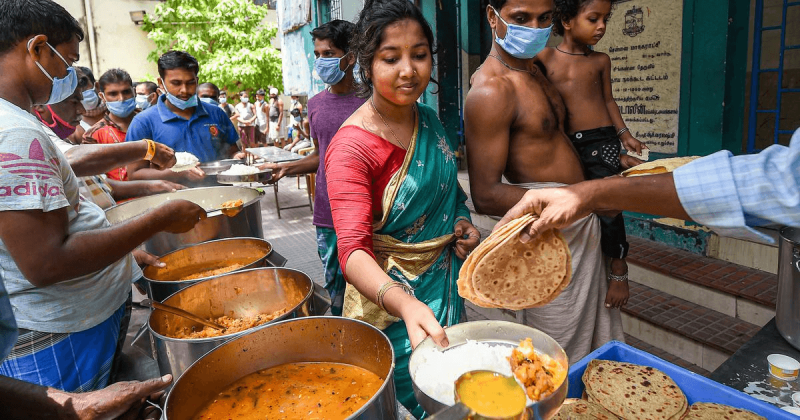India has made stupendous strides in becoming self-sufficient in food, primarily driven by technological investments during the green revolution. Using hybrid varieties of plants, new irrigational methods and chemicals in the form of fertilisers and pesticides allowed India to achieve food security when most of the international community had low expectations of us. However, this shift was more than three decades ago. An aspirational India cannot be satisfied with only achieving food security. An aspirational India has to aim at nutritional security – providing high-quality, nutritious food to all Indian citizens.
Genetic modification technologies provide a method to achieve a desirable characteristic while retaining other important food traits. These technologies are relatively faster than traditional breeding and can be targeted to add or subtract particular characteristics. Gene modifications can also result in characteristics that may not be easily achievable using traditional breeding – resistance to bollworms in cotton, for example.
…
However, the success of genetic modification technologies lies in the formulation of supporting public policy and transparency of data obtained during safety studies and field trials. Thus, innovation can only thrive when a conducive environment is created. The current narrative of all genetically modified food being unsafe or “bad” precludes any new investment or research in this area. Instead, a case-by-case evaluation of the net benefits offered by a particular genetically modified crop would ensure India avails of beneficial crops whilst also safeguarding the health of our citizens.































